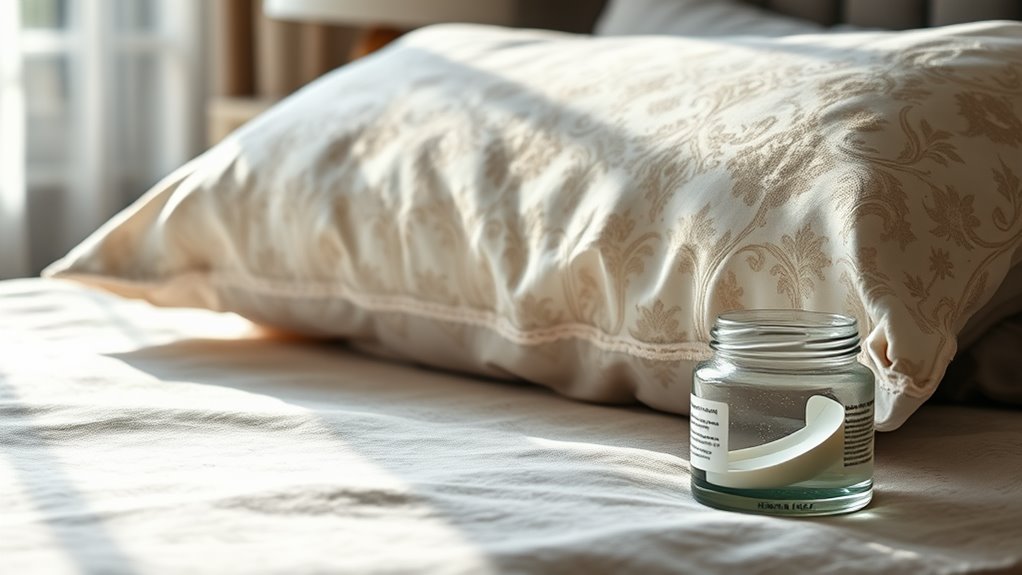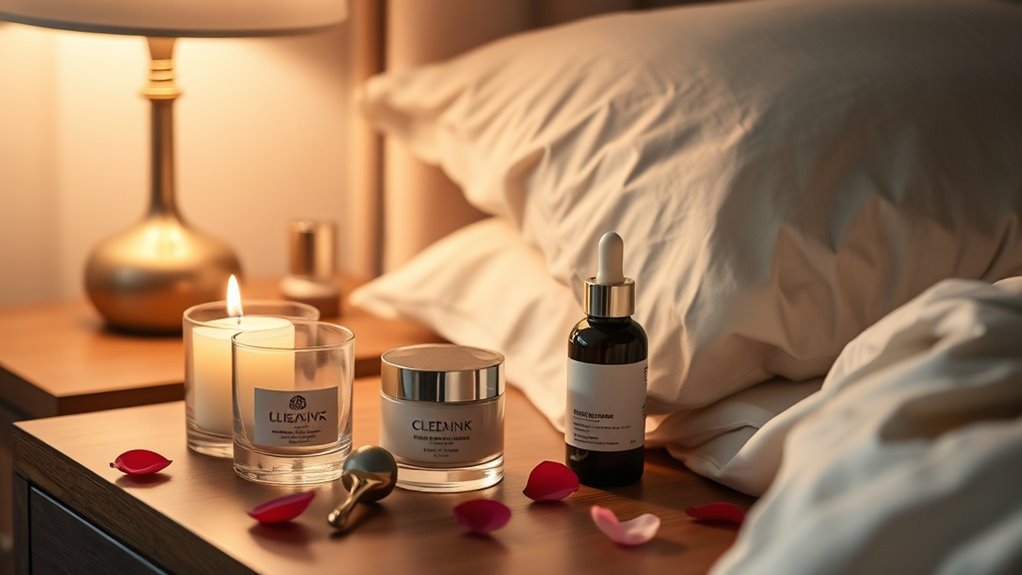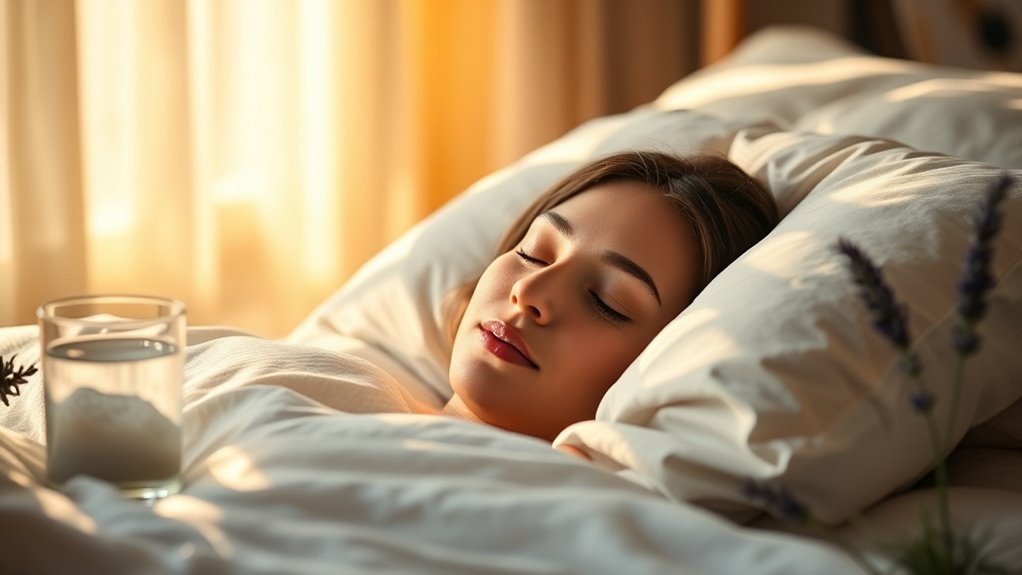Your Pillowcase Might Be Causing Breakouts-Here’s What to Do
Have you ever considered that your pillowcase could be a hidden culprit in your skincare struggles? It’s easy to overlook, but the fabric you rest your head on might be trapping dirt and oil, leading to those unwanted breakouts. Choosing the right material and maintaining a proper cleaning routine could make a significant difference. So, what steps can you take to ensure your pillowcase supports rather than sabotages your skin health?
Understanding the Connection Between Pillowcases and Skin Health
When you consider your skin health, you mightn’t think about your pillowcase, but it can play a significant role in breakouts.
Each night, your face comes into contact with the fabric, transferring dirt, oil, and bacteria. If you’re using a regular pillowcase, it may trap these impurities, leading to clogged pores and unwanted blemishes.
Switching to a skincare pillowcase can help. These specially designed fabrics are easier to clean and less likely to harbor acne-causing agents.
Choosing the Right Pillowcase Material
Choosing the right pillowcase material can significantly impact your skin’s health, especially if you’re prone to breakouts.
Opt for breathable fabrics like cotton or bamboo, as they help wick away moisture and prevent bacteria buildup. Silk and satin are also great choices, as they’re gentle on your skin and hair, reducing friction that can lead to irritation.
Avoid synthetic materials that trap heat and moisture, creating an environment for acne to thrive.
Establishing a Regular Cleaning Routine
To keep your skin clear and healthy, establishing a regular cleaning routine for your pillowcase is essential. Aim to wash it at least once a week, using a gentle detergent to avoid irritating your skin.
If you’re prone to breakouts, consider washing your pillowcase more frequently—every three to four days can make a noticeable difference.
Don’t forget to wash your pillow as well, as it can harbor bacteria and oils.
Additional Tips for Healthy Skin While You Sleep
While you sleep, your skin goes through a natural healing process, so creating a conducive environment can significantly enhance your skincare results.
Consider using a silk or satin pillowcase; it’s gentler on your skin and helps reduce friction. Keep your bedroom cool and dark to encourage restful sleep, which is vital for skin rejuvenation.
Hydrate before bedtime, as water aids in skin repair. Lastly, establish a calming nighttime routine to reduce stress, which can lead to breakouts.





